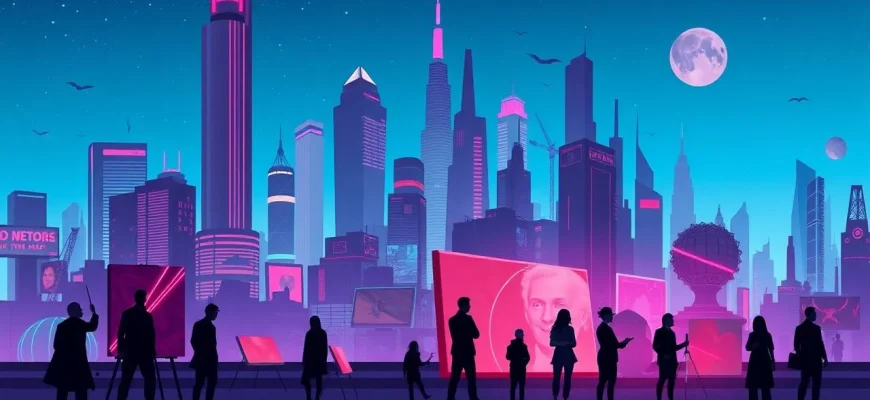Science fiction has always been a genre that pushes boundaries, not just in terms of technology and space exploration, but also in how we perceive and create art. This curated list of 10 films delves into the fascinating world where art meets the futuristic, offering a unique blend of creativity, imagination, and speculative storytelling. From artists using alien technology to painters capturing the essence of time travel, these films explore how art evolves in speculative futures, providing both entertainment and food for thought on the role of art in society.
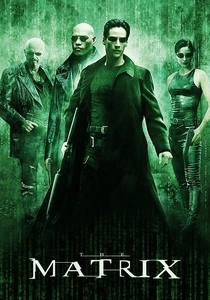
The Matrix (1999)
Description: While primarily known for its action, "The Matrix" delves into the nature of reality, perception, and art. The film's visual effects and philosophical underpinnings make it a landmark in sci-fi cinema, exploring how art can transcend reality.
Fact: The "bullet time" effect was revolutionary for its time, influencing countless films and video games.
 Watch Now
Watch Now 
The Thirteenth Floor (1999)
Description: This film delves into virtual reality and the simulation hypothesis, where characters navigate through different layers of reality. Art becomes the creation of these simulated worlds, challenging our understanding of existence.
Fact: The film was released around the same time as "The Matrix," leading to comparisons between the two.
 Watch Now
Watch Now 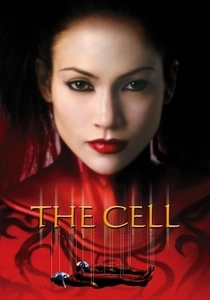
The Cell (2000)
Description: A psychologist enters the mind of a comatose serial killer to save his latest victim. The film's surreal, artistic visuals represent the inner workings of the human psyche, making it a unique blend of sci-fi and art.
Fact: The film was nominated for an Academy Award for Best Makeup.
 Watch Now
Watch Now 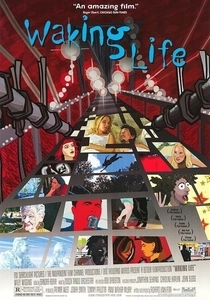
Waking Life (2001)
Description: This film follows a young man through a series of dreamlike encounters, exploring philosophical questions about reality, existence, and the nature of art. Its rotoscoping animation style blurs the line between dream and reality, making it a perfect fit for this list.
Fact: The film features over 70 different characters, each with their own philosophical musings, making it a rich tapestry of ideas.
 Watch Now
Watch Now 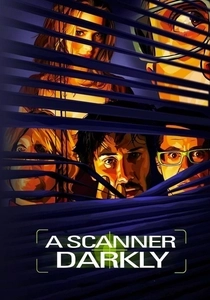
A Scanner Darkly (2006)
Description: Based on Philip K. Dick's novel, this film uses rotoscoping to depict a dystopian future where undercover cops struggle with their identities while investigating a new drug. Art here becomes a tool for exploring the blurred lines between reality and perception.
Fact: The film's director, Richard Linklater, also directed "Waking Life" and used the same rotoscoping technique.
 Watch Now
Watch Now 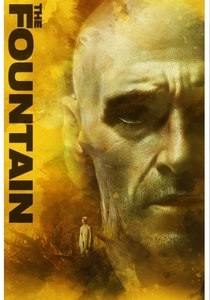
The Fountain (2006)
Description: Darren Aronofsky's film intertwines three different stories across time, with art playing a pivotal role in each. From the creation of a tree of life to the exploration of immortality, art is both the medium and the message.
Fact: The film was shot in three different time periods, each with its own visual style.
 Watch Now
Watch Now 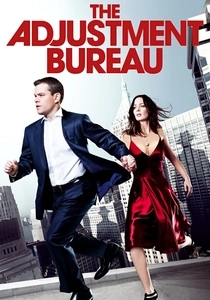
The Adjustment Bureau (2011)
Description: This film intertwines fate, free will, and art through the story of a man who discovers that his life is being manipulated by a mysterious organization. Art plays a role as he uses it to navigate and challenge his predetermined path.
Fact: The film was inspired by a Philip K. Dick short story, showcasing his influence on blending sci-fi with philosophical questions.
 Watch Now
Watch Now 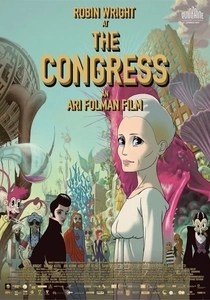
The Congress (2013)
Description: In this mind-bending film, Robin Wright plays a version of herself who agrees to sell her digital likeness to a studio, allowing them to use her image in any film they choose. The film explores the intersection of art, identity, and technology in a future where actors are no longer needed.
Fact: The film is based on the novel "The Futurological Congress" by Stanisław Lem. It blends live-action with animation in a visually stunning way.
 Watch Now
Watch Now 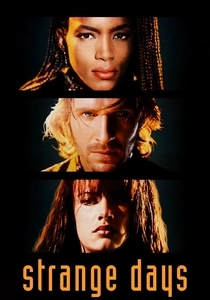
Strange Days (1995)
Description: Set in a near-future Los Angeles, this film explores the concept of recording and reliving memories. Art here is the creation and manipulation of these experiences, questioning the ethics and implications of such technology.
Fact: The film was ahead of its time in exploring virtual reality and the concept of memory as a form of art.
 30 Days Free
30 Days Free 
eXistenZ (1999)
Description: David Cronenberg's film explores virtual reality gaming, where the line between game and reality blurs. Art here is the creation of these immersive experiences, questioning the nature of reality and the artist's role within it.
Fact: The film was one of the first to explore the concept of virtual reality in such depth.
 30 Days Free
30 Days Free 
